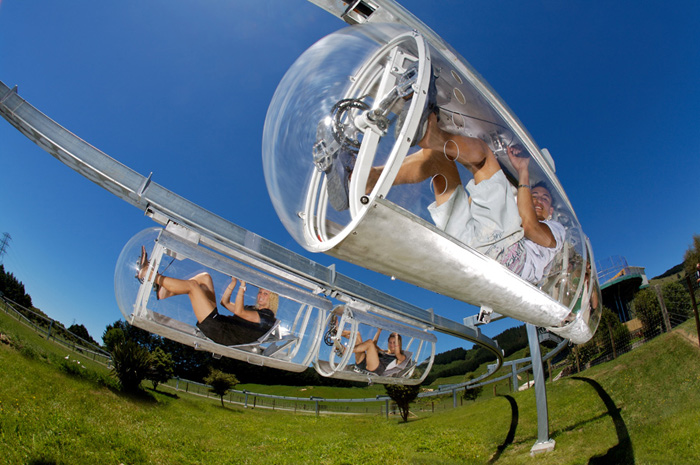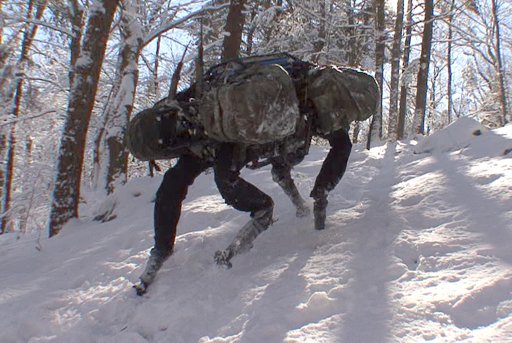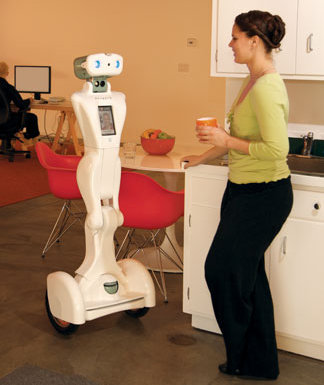Can a battery trailer solve range anxiety?
Submitted by brad on Mon, 2010-11-08 16:43I've written before about solutions to "range anxiety" -- the barrier to adoption of electric cars which derives from fear that the car will not have enough range and, once out of power, might take a very long time to recharge. It's hard to compete with gasoline's 3 minute fill-up and 300 mile ranges. Earlier I proposed an ability to quickly switch to a rental gasoline car if running out of range.




 A team at TU Braunschweig in Germany has their own model which has been driving on ordinary city streets with human oversight. You can watch a
A team at TU Braunschweig in Germany has their own model which has been driving on ordinary city streets with human oversight. You can watch a  While I had a preference that Google fund a
While I had a preference that Google fund a 

